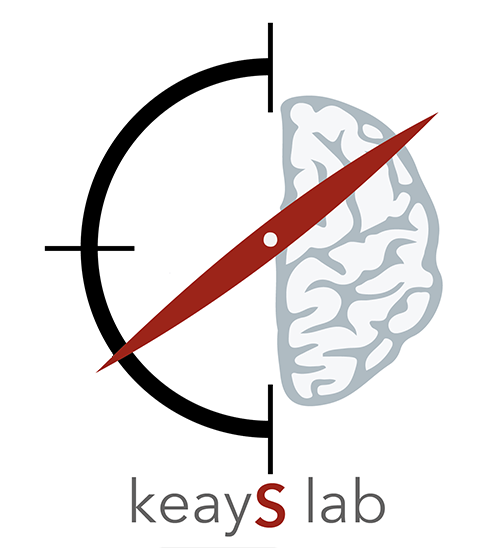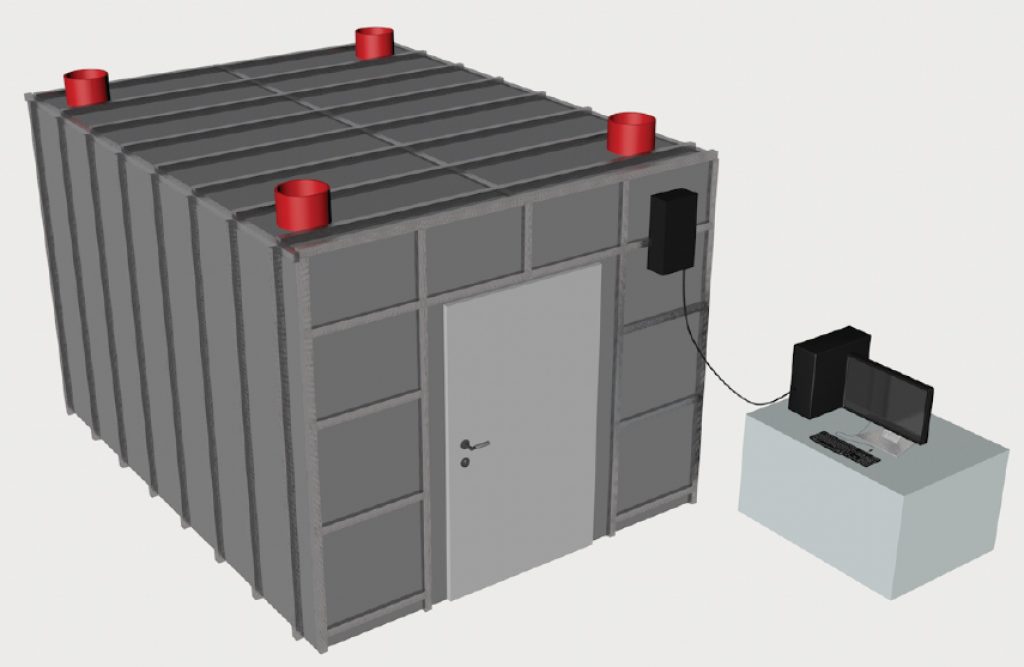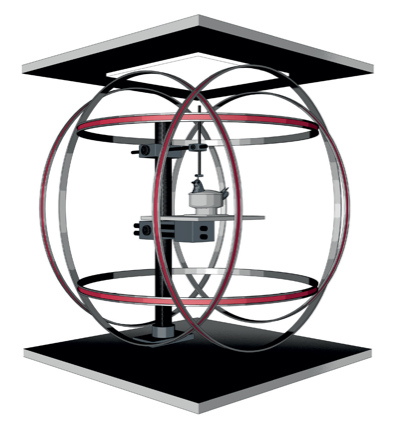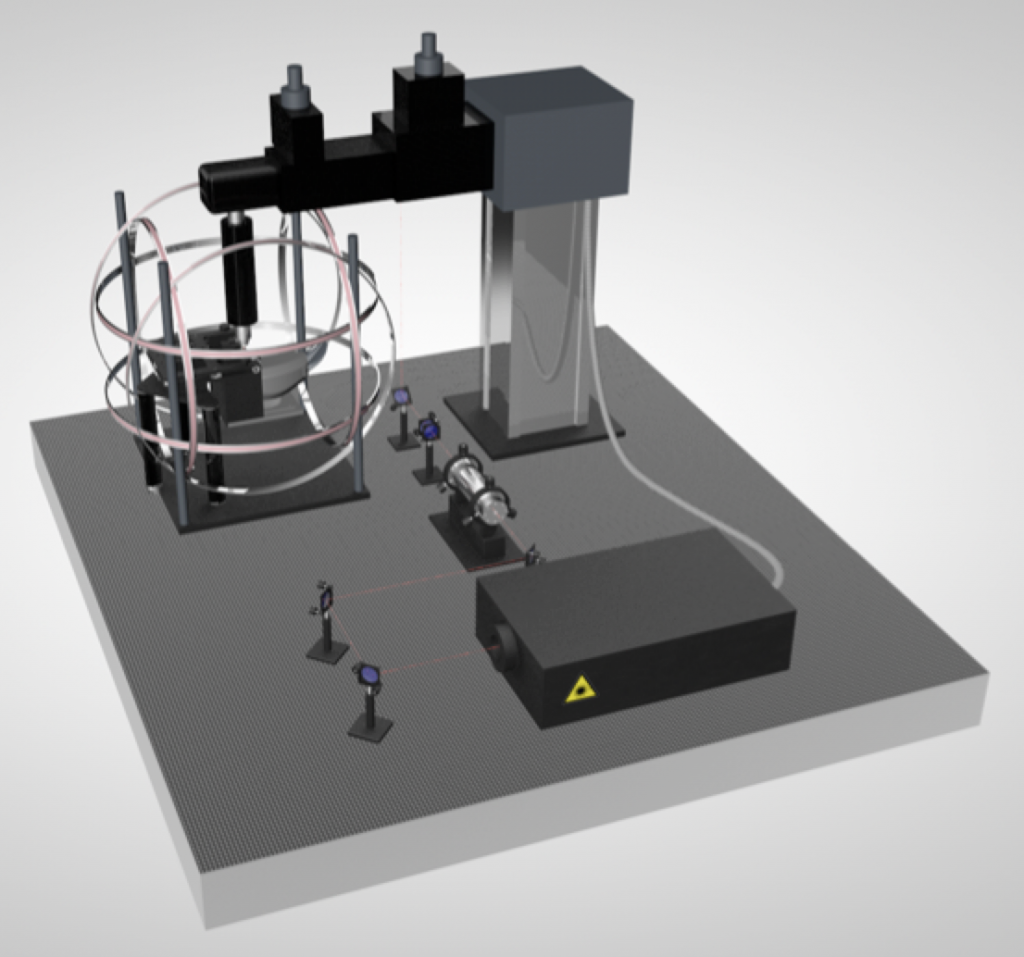The search for the primary magnetoreceptors has proved to be a very challenging scientific problem. This is the consequence of several inconvenient facts. Firstly, human beings (as far as I can tell) lack a magnetic sense, and therefore cannot rely on their own personal experience when designing experiments and analysing data. Secondly, as magnetic fields are intimately associated with electricity, enviromental contamination, particularly within the laboratory, is a major issue. For these reasons it is critical that experiments are performed in a clean magnetic environment, employing negative controls, and results are quantitated blindly. We have designed and built several pieces of equipment with this in mind.
Mu Metal Shielded Room
Working with Magnetic Shielding we have constructed a magnetically shielded room at the IMP that consists of an inner mu metal room (4.9m long x 2.9m wide), that is surrounded by a 5mm Faraday cage. All lighting and DC inputs into this room are filtered for radio frequency contamination and the room is painted in monochromatic black. Within this room the Earth’s magnetic field is attentuated 100 fold (0.47microT), and RF contamination between 0.1 to 10 MHz is below 0.1 nT.
Double Wrapped Magnetic Coils
Within our Mu metal shielded room we have placed a set of Helmholz coils. This 3-axis system is comprised of 6 double wrapped coils with the following diameters: 1200mm (Z-axis), 1254mm (Y-axis) and 1310mm (X-axis) (Figure 2). A custom Matlab program, drives a series of DC powerpacks, that allows us to generate magnetic stimuli of a desired intensity, inclination, and polarity. Critically, as these coils are “double wrapped” we can run currents in opposing directions when generates a null field. This serves as an important control for heat generated when producing magnetic stimuli by applying a current in the same direction. Our coils are built by http://www.serviciencia.es.
2-photon Microscope
In collaboration with NeuroLabWare we have designed and built a resonant scanning 2-photon microscope that allows in vivo calcium imaging while exposing pigeons to magnetic stimuli of a defined intensity, inclination and polarity. This microscope is equipped with a resonant laser scanning mirror (Cambridge Technology, 8Hz), GaAsp photomulitipler tubes (Hamamatsu), epiflurorescence capability (Thorlabs), a customised non ferromagnetic lens tube, a rotatable (+/- 60°) 20x ceramic objective (Zeiss) and a Coherent Chameleon tunable laser (680nm-1080nm). Moreover, the microscope possesses an electrical tunable lens, permitting 400mm Z-scanning enabling the acquisition of large volumes.



